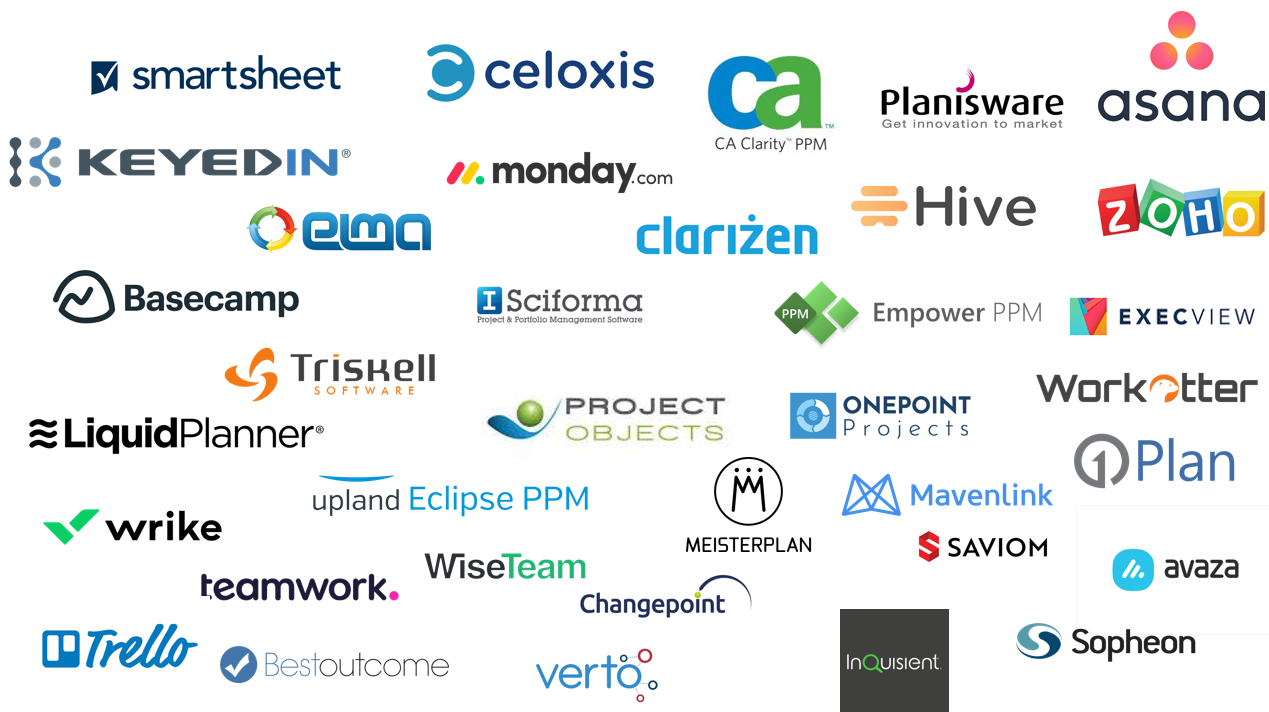‘A chocolate bar that a man could take to work in his pack up (packed lunch)‘ was the bright idea from a Rowntree’s employee in 1935. That simple suggestion box idea led to the creation of the Kit Kat, one of the world’s most famous and most successful chocolate bars. 564 Kit Kat fingers are eaten every second, all over the world.
That’s the power of employee innovation.
Businesses spend on average £3,000 and 27.5 days to hire new staff because we all know that it’s people that drive success. The talent, expertise and imagination of your staff hold the key to long-term business growth.
But hiring the talent is only the first step. Companies often lack the right infrastructure or approach to recognise the merits of their employees’ ideas. To get the most out of your people, you need:
- To build a culture of collaboration and idea-sharing.
- To be prepared to make organisational change.
- A mechanism for turning good ideas into workable projects that contribute directly to business outcomes.
With these 3 approaches, innovation is unleashed from departmental silos and the minds of your most creative and effective people.
Collaboration breeds creativity
Innovation is only possible in the right situation. The right situation for your people may not be in a dedicated innovation workshop or corporate away-day. It could just be a chat over lunch between people from different departments. Encourage a policy of social interaction, let the conversation flow and discourage silos and departmental superiority.
People need to be permitted to explore ideas and be given boundaries to provide focus. Define and communicate your business mission, values, and strategic direction. When your staff know where you’re headed, they have the necessary context to contribute ideas of value. This also gives your staff a stake in the game with the opportunity to shape the future direction of the business with a meaningful contribution.
94% of senior executives agree that people and corporate culture are the most important drivers of innovation.
Don’t be afraid of stifling creative thinking by steering people’s thoughts. Be specific with the ideas you want people to bring forward. “We need ideas to be more dynamic” will get you worse results than a more specific “What can we do to help support customer X with problem Y?”
Acknowledge and give feedback on ideas constructively. If you give staff the impression that their ideas aren’t good enough, they won’t be so forthcoming in future.
Be open to change
Employee innovation doesn’t stop with creating new products and services. As exciting as it may be to create the next Kit Kat, innovation can provide plenty of bottom-line value when it’s focused on changing internal operations.
To unlock trapped value, it will not be sufficient to only apply innovation to create new products and services for customers, but also to achieve deep organizational change.
High-growth companies apply innovation practices to change their way of doing business more fundamentally, so they can achieve long-term strategic goals. They’re bold enough to apply innovation with greater intensity to reinvent existing ways of working.
To achieve operational change through employee innovation, it needs to be recognised and formally integrated into the strategic agenda of your business. You need to be open to change, prepared to fail, and be able to do so cost-effectively and efficiently.
Develop processes and tools to manage employee innovation
Effective upward communication pathways are key to allowing employees’ voices to be heard. Technology like intranets, work management and collaboration tools, and comms apps like Teams all support idea generation and data collection. The missing piece is an innovation management process and a person to own it.
While senior executives cite innovation as an important driver of growth, few of them explicitly lead and manage it… how can something be a top priority if it isn't an integrated part of a company's core processes?
Innovation management allows you to turn a suggestion box full of ideas into a formalised process. Appoint an innovation champion to be responsible for this process and drive its success.
Once ideas have been collected, they should be benchmarked against business objectives. This ensures that ideas and new projects are aligned with your broader goals. By tracking innovation KPIs against business metrics, you have a lot more information to help inform resource allocation. This allows innovation leaders to put money and time where they’re needed the most and shape their innovation pipeline effectively.
To feedback into your collaboration culture, have a process for keeping your people up to date with how an idea progresses. At each stage of your innovation roadmap, take the time to review and offer feedback to your wider teams. Transparency leads to trust, which empowers your people and encourages them to keep bringing new ideas to the table.
The potential for innovation in your organisation is an untapped resource
Make innovation a daily priority for every layer of your business, from product development to organisational support and executive leadership. With the right tools and processes, your staff can express ideas in a way that leads to tangible business outcomes.





